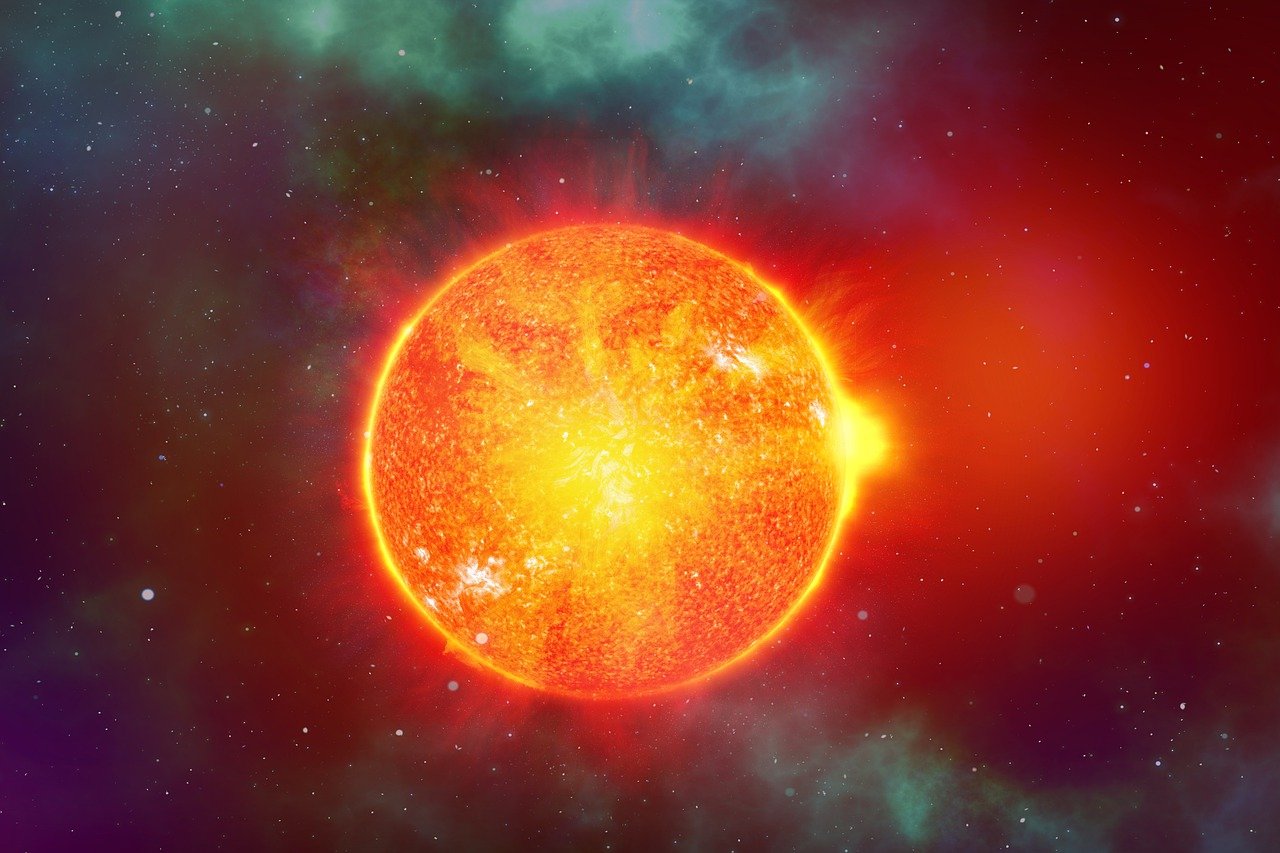
Pre-reading questions:
- What are solar flares, and how do they occur?
- Why are solar flares important to study?
Vocabulary:
- dynamics /dahy-NAM-iks/
- analysis /uh-NAL-uh-sis /
- unexpectedly /uhn-ik-SPEK-tid-lee/
- altitude /AL-ti-tood/
- astronaut /AS-truh-nawt/
[noun] – refers to the forces, factors, or elements that contribute to the overall behavior, functioning, or changes within a system or situation
The dynamics of a classroom can change dramatically depending on the teacher’s approach to teaching.
[noun] – examination and interpretation of data or information to understand its significance
The scientist conducted a thorough analysis of the experiment results to draw accurate conclusions.
[adverb] – happening in a way that is not foreseen or predicted
The weather changed unexpectedly, catching everyone off guard.
[noun] – the height above sea level or ground level
The airplane climbed to a higher altitude to avoid turbulence.
[noun] – a person trained to travel and work in space
The astronaut conducted experiments aboard the International Space Station.
Article reading:
In the days leading up to the event, nearly a week of solar activity, including flares and coronal mass ejections, posed risks to power and communications on Earth and in orbit. Brasher indicated the recent coronal mass ejection seemed directed away from Earth, pending further analysis. Over the weekend, a geomagnetic storm caused a NASA satellite to rotate unexpectedly, entering safe mode due to the reduced altitude from the space weather. At the International Space Station, astronauts were advised to stay in areas with strong radiation shielding, though NASA confirmed they were never in danger. These solar events highlight the importance of monitoring space weather and understanding its potential impacts on Earth and human activities in space.
Comprehension questions
- What was the significance of the recent solar flare, according to NOAA?
- Why were astronauts advised to stay in areas with strong radiation shielding at the International Space Station?
- How did the recent solar events impact a NASA satellite?
- What measures were taken on Earth and in space to mitigate the risks posed by the solar activity?
- What information did Bryan Brasher from NOAA’s Space Weather Prediction Center provide about the recent solar flare?
Discussion questions
- Have you ever witnessed the northern lights in person? If so, could you describe your experience? If not, would you like to? Why or why not?
- Have you ever experienced a power outage or communication disruption that you think might have been caused by solar activity? If so, what happened? If not, have you heard of any instances where solar activity affected power or communication systems? Can you share any details?
- Do you agree with the statement that space weather monitoring is crucial for both Earth’s safety and human activities in space?
- Considering the recent solar flare and its potential impacts, do you think we are adequately prepared to deal with major space weather events? Why or why not?
- How might advancements in space technology help us better predict and mitigate the effects of solar flares and other space weather phenomena in the future?